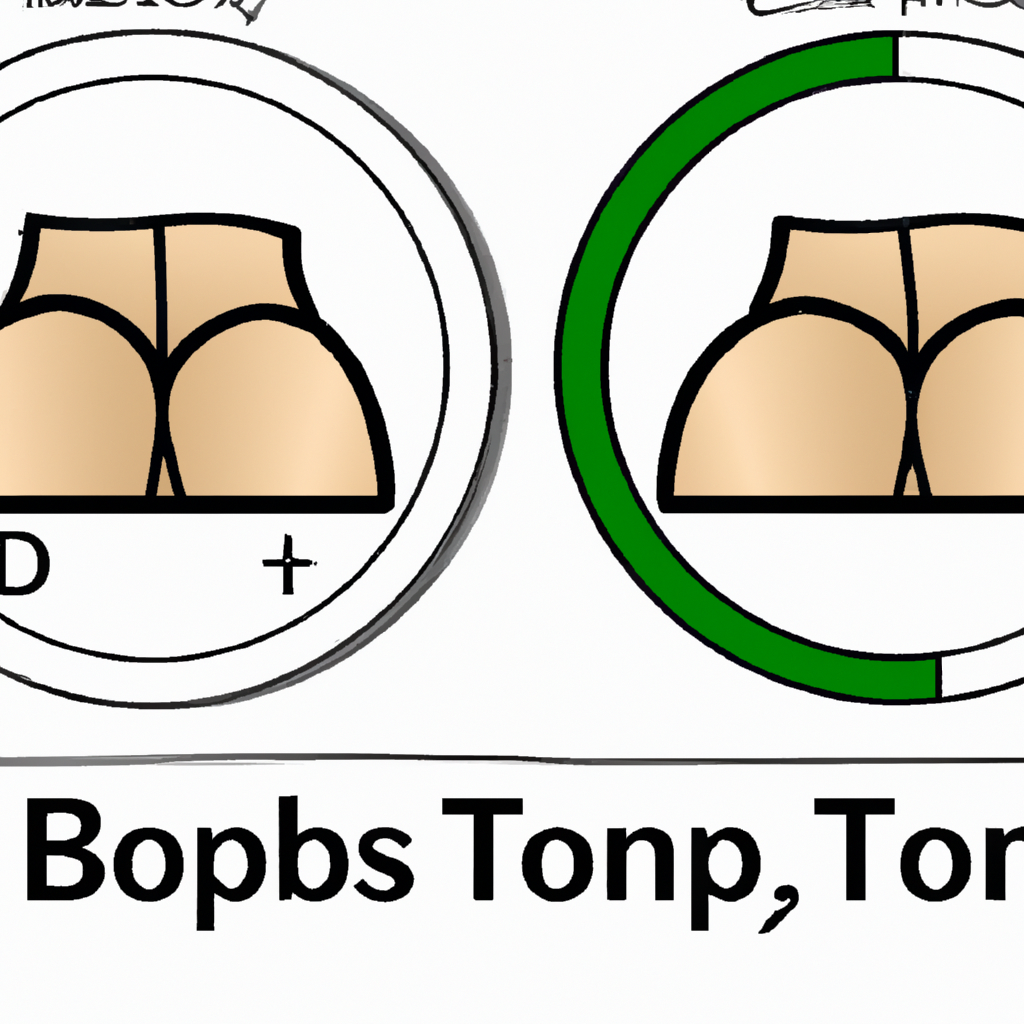
Algorithmic Strategies in Technical Analysis
Introduction
Technical analysis is a method used by traders and investors to forecast future price movements based on historical data. Algorithmic strategies in technical analysis involve the use of mathematical algorithms to analyze price patterns and trends in financial markets.
Types of Algorithmic Strategies
Moving Averages
Moving averages are one of the most widely used algorithmic strategies in technical analysis. They help smooth out price data to identify trends over time. Common types of moving averages include simple moving averages (SMA) and exponential moving averages (EMA).
RSI (Relative Strength Index)
RSI is a momentum oscillator that measures the speed and change of price movements. It ranges from 0 to 100 and is typically used to identify overbought or oversold conditions in a market.
Bollinger Bands
Bollinger Bands consist of a simple moving average and two standard deviations above and below the moving average. They are used to identify volatility and potential price reversals in a market.
Implementing Algorithmic Strategies
Backtesting
Before implementing algorithmic strategies in live trading, it is important to backtest the strategies using historical data. This helps evaluate the effectiveness of the strategies and identify any potential flaws.
Optimization
Optimization involves fine-tuning the parameters of algorithmic strategies to maximize profitability. This process may involve adjusting moving average periods, RSI thresholds, or Bollinger Band settings.
Automation
Once algorithmic strategies have been backtested and optimized, they can be automated using trading software or platforms. This allows traders to execute trades based on predefined rules without emotional bias.
Conclusion
Algorithmic strategies in technical analysis offer traders and investors a systematic approach to analyzing financial markets and making informed decisions. By leveraging mathematical algorithms, traders can identify trends, patterns, and potential opportunities in the market.






